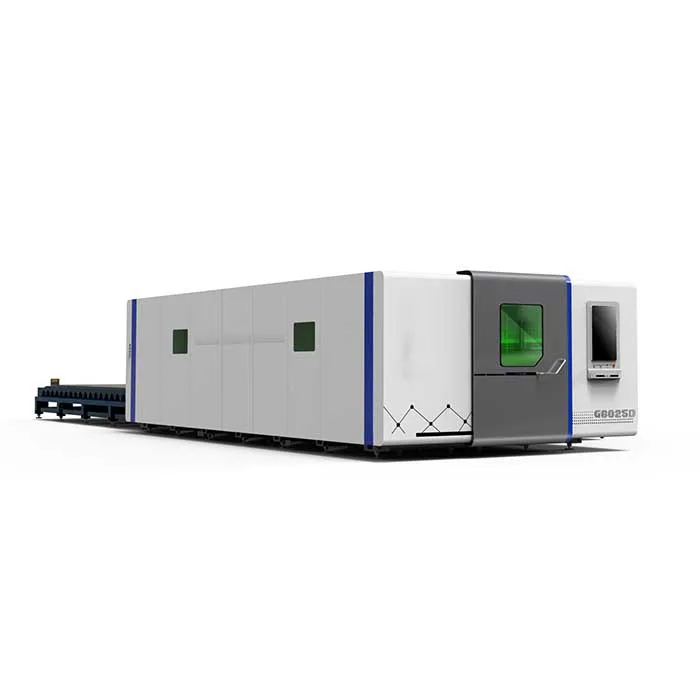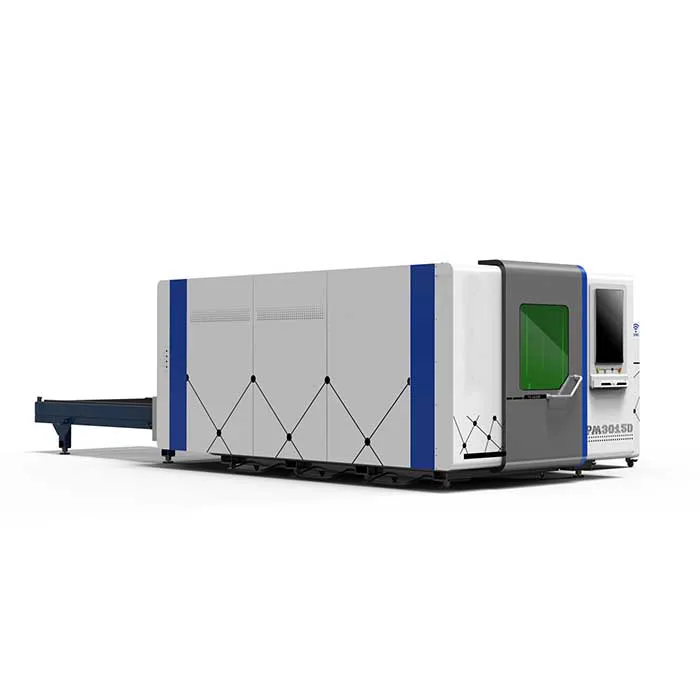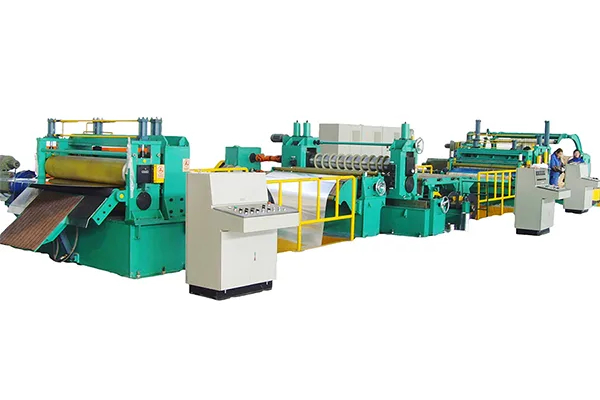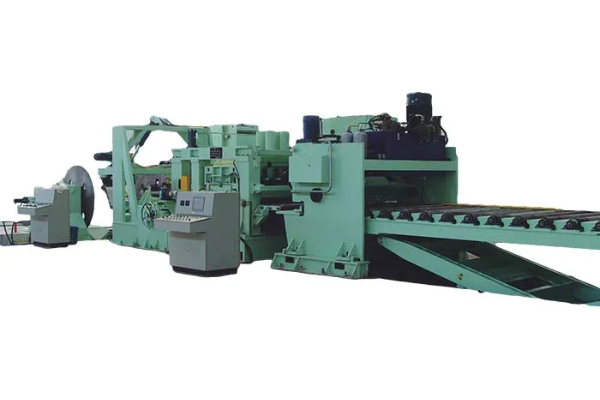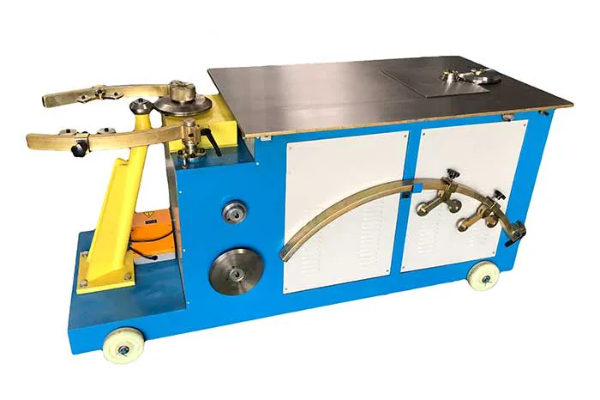
The Evolution of Metal Shear Machines- From Manual to Automated
- By:Metmac
- 2024-05-11
- 232
In the realm of metal fabrication, where precision and efficiency reign supreme, the evolution of metal shear machines has been a transformative journey. From the humble origins of manual shears to the cutting-edge automation of today, this journey has shaped the industry, revolutionizing the way we shape and cut metal.
Manual Shears: The Forerunners
In the early days of metal fabrication, manual shears were the workhorses of the industry. These labor-intensive tools required immense physical strength to operate, as they used a lever mechanism to slice through metal sheets. Skilled artisans relied on their experience and precision to achieve the desired results.
Mechanized Shears: Enhancing Power and Speed
As the demand for faster and more efficient metal cutting grew, mechanized shears emerged. These machines employed hydraulics or pneumatics to amplify the shearing force, significantly reducing the manual effort required. They also introduced adjustable blade angles, allowing for more versatile cutting operations.
CNC Shears: Precision and Automation
The advent of computer numerical control (CNC) technology marked a pivotal moment in the evolution of metal shear machines. CNC shears are equipped with advanced controllers that automate the entire shearing process. They can execute complex cutting patterns with precision and speed, eliminating human error and reducing production times.
Automated Shearing Lines: End-to-End Efficiency
To further enhance productivity, automated shearing lines have been developed. These comprehensive systems integrate multiple shearing machines, material handling equipment, and automated loading and unloading mechanisms. They offer seamless, high-volume production, allowing manufacturers to meet the demands of modern manufacturing.
Future Prospects: AI and Advanced Robotics
The future of metal shear machines is poised for continued innovation. Artificial intelligence (AI) and advanced robotics are expected to play a significant role in further automating and optimizing the shearing process. These technologies will enable machines to learn from historical data, adjust their cutting parameters autonomously, and monitor their own performance.
Conclusion
The evolution of metal shear machines has been a testament to the relentless pursuit of efficiency, precision, and automation. From the laborious manual shears of the past to the sophisticated automated systems of today, these machines have transformed the metal fabrication industry, enabling manufacturers to create high-quality products with unmatched speed and accuracy. As technology continues to advance, we can expect even more revolutionary innovations in the years to come.
-
Finding the Right Partner: Your Guide to Premium Sheet Metal Laser Cutting Machines for Sale
2025/12/23 -
METMAC: Defining Excellence Among Sheet Metal Laser Cutting Machine Manufacturers
2025/12/23 -
Unleashing Power and Precision: The METMAC Plasma Sheet Metal Cutting Machine
2025/12/23 -
CNC laser cutting machine sheet metal-Precision Redefined: The METMAC CNC Laser Cutting Machine for Sheet Metal Mastery
2025/12/23
-
Advanced Sheet Metal Rolling, Laser Cutting, and Folding Machines for Precision Fabrication
2025/10/31 -
High-Performance Sheet Metal Bending and Cutting Machines for Modern Fabrication
2025/10/31 -
High-Quality Sheet Metal Equipment for Sale: Efficient Solutions for Modern Manufacturing
2025/10/31 -
High-Performance Sheet Metal Equipment for Sale: Forming and Shearing Solutions for Modern Fabrication
2025/10/22
-
A Guide to the Latest Innovations in Sheet Metal Folding Machines
2024/11/29 -
Key Features to Consider When Investing in a Sheet Metal Folding Machine
2024/11/28 -
Enhancing Precision with Advanced Sheet Metal Folding Machines
2024/11/27 -
How to Choose the Right Sheet Metal Folding Machine for Your Workshop
2024/11/26
